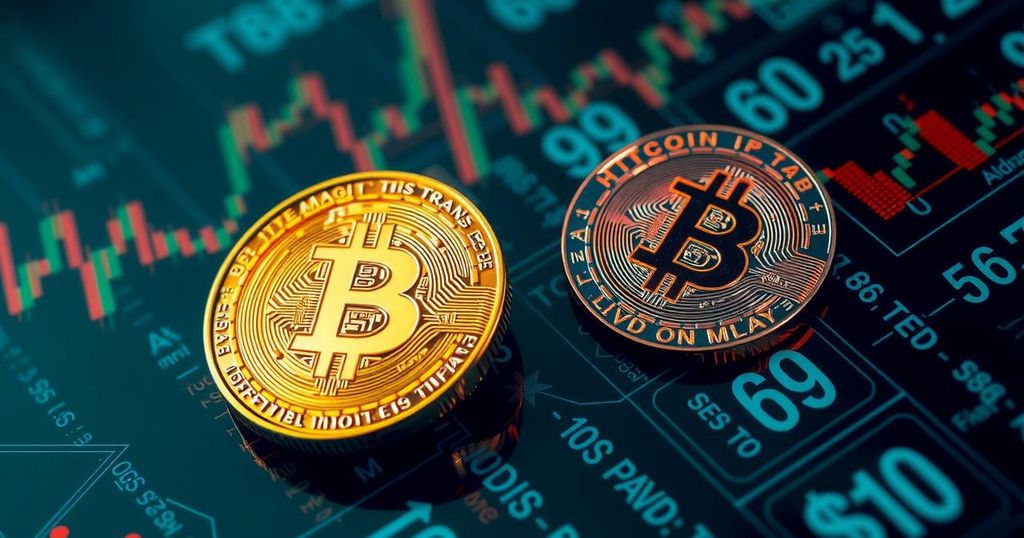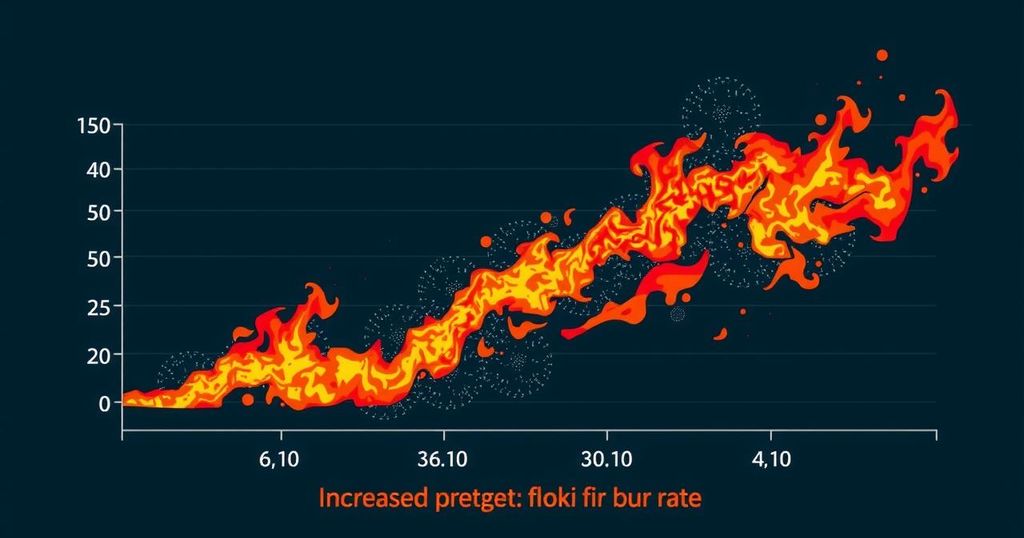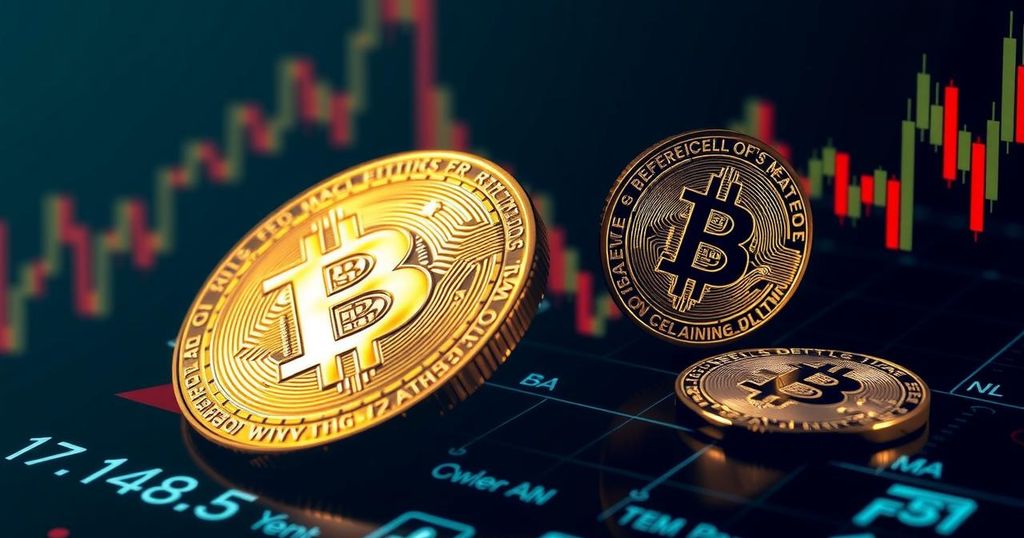Bitcoin’s Resilience: Possible Path to New Highs Amidst Economic Shifts
Bitcoin is showing signs of recovery with a recent 15% increase, although still 8% below its record high. In contrast, gold and the S&P 500 have reached new all-time highs. Factors such as market behavior and economic conditions in Japan may catalyze Bitcoin’s future price movement, suggesting potential for an all-time high in the near term.
Bitcoin is currently experiencing an upward trend, rising 15% from its lowest point in October; however, it remains approximately 8% shy of its previous record high. In contrast, both gold and the S&P 500 have achieved record levels, with gold surpassing $2,700 per ounce and the S&P 500 exceeding 5,870. Notably, Bitcoin’s performance has outpaced that of gold and the S&P this week despite its lingering status below all-time highs. The substantial recovery in Bitcoin, which boasts a year-to-date increase exceeding 50%, is juxtaposed with trends in other assets, signaling potential forthcoming changes for the cryptocurrency. A crucial element in Bitcoin’s price stagnation may stem from the rapid increase it experienced earlier this year, where it rose significantly in a relatively short time, compelling many to sell off their holdings after the record peak in March. Concurrently, external pressures, such as large-scale sell-offs from the German government’s Bitcoin holdings and the distribution of tokens from the Mt. Gox trustee, have contributed to the downward price pressure evident over the summer. Furthermore, the 24/7 trading nature of Bitcoin amplifies volatility and can exacerbate price movements. Nevertheless, recent data indicates a revival in accumulation trends among investors. Both smaller holders, referred to as ‘shrimps,’ and larger investors, known as ‘whales,’ have begun to increase their holdings, suggesting a renewed bullish sentiment. Looking forward, various factors are suggesting a bullish outlook for Bitcoin. Consensus among analysts indicates that potential interest rate cuts from Western central banks and rising support for pro-crypto political candidates, such as Donald Trump, may support further investment flows into Bitcoin exchange-traded products (ETPs). An overlooked driver for change is the ongoing depreciation of the Japanese yen against the US dollar, as recent inflation data suggests the Bank of Japan may not implement further rate hikes, stabilizing and potentially benefiting risk assets like Bitcoin. Historically, Bitcoin has shown significant appreciation against the yen, climbing over 1,000% in the past five years, despite less dramatic rises compared to other currencies. In summary, although Bitcoin has yet to reach new heights like gold or the S&P 500, the cryptocurrency is displaying signs of recovery and resilience, potentially positioning itself for future all-time high levels. Further monitoring of inflation trends in Japan, investment flows into the sector, and market sentiment will be critical in determining the trajectory of Bitcoin in the months to come.
The article discusses the current state of Bitcoin in relation to other major assets like gold and the S&P 500. It highlights Bitcoin’s recent performance and the factors contributing to its price stagnation following a peak in March. Additionally, it examines the implications of macroeconomic conditions in Japan, particularly regarding the yen’s downtrend, and its potential effects on risk assets, including Bitcoin. The analysis of various investor behaviors and external pressures provides a context for expected market movements, indicating a complex interplay of factors that influence Bitcoin’s price trajectory.
In conclusion, while Bitcoin remains below its historical peak, the current upward trend points to a resilient market that may be on the verge of new highs. Positive investor behaviors, macroeconomic dynamics, and political developments create a fostering environment for Bitcoin’s potential recovery. The forthcoming months are likely to be pivotal for Bitcoin’s market status as external economic influences and investor sentiments continue to evolve.
Original Source: www.coindesk.com







Post Comment